The Pavilion of France was unveiled this morning at the 59th. International Art Exhibition of the Venice Biennale, which will take place from April 23 to November 27, 2022. France will be represented by Zineb Sedira (Gennevilliers, 1963), who will transform the French Pavilion at the Giardini with a film installation in which his film Les rêves n’ont pas de tit re (“Dreams don’t have titles”) will immerse visitors in a universe with “profoundly humanistic foundations” (so in a note). Starting from the militant, cultural and political impetus that animated the cinema of the 1960s and 1970s in France, Italy and Algeria, the artist will more broadly embrace themes steeped in universalism and of particular relevance such as the fight against discrimination and racism, decolonization, freedom, solidarity, identity or even family. To realize this project, Zineb Sedira surrounded herself with three co-curators: Yasmina Reggad and the duo formed by Sam Bardaouil and Till Fellrath.
Since the beginning of his career, Zineb Sedira has developed a polymorphic oeuvre rooted in autobiographical fiction and documentary filmmaking. In Venice, Zineb Sedira will reveal his interest in the cinema of the 1960s and 1970s period when the first co-productions between France, Italy and Algeria emerged. Film production in the latter country was then in full swing and, driven by a desire for international cultural exchange, benefited from the support of a number of established French and Italian professionals. Zineb Sedira’s investigations for the Pavilion project (whose title is precisely Les rêves n’ont pas de titre) enabled her in particular to find the film Les mains libres, produced by the Italian Ennio Lorenzini in 1964. This portrait of a young state that had just won its struggle against colonial power is the first film from Algeria after independence. Screened at the Cannes Film Festival, in Italy and in Algeria, it has since disappeared from screens and memories. The unreleased work produced for the French Pavilion will witness these intellectual and artistic solidarities in the context of the utopias of the 1960s to question more broadly decolonization, notions of identity, acceptance of the other, memory, and looking at history in its collective or individual dimensions.
Zineb Sedira will transform the French Pavilion into a film installation, an immersive experience that will blur the boundaries between fiction and reality. To highlight the research carried out for more than two years by Zineb Sedira, there will also be three publications that will wink at the militant journals of the 1960s, provide the audience with a multitude of references and questions, and try to arouse curiosity by delving further into the subject.
Zineb Sedira was chosen for the French Pavilion in 2019 by a committee of experts chaired by Charlotte Laubard (art historian and exhibition curator, professor and head of the visual arts department at the Haute École d’art et de design de Genève - HEAD). The French Pavilion is produced by the Institut français and for the first time in its history its carbon footprint will be measured in order to reach the minimum goal of a 25 percent reduction in the Pavilion’s impact (operation and production) by the end of 2026.
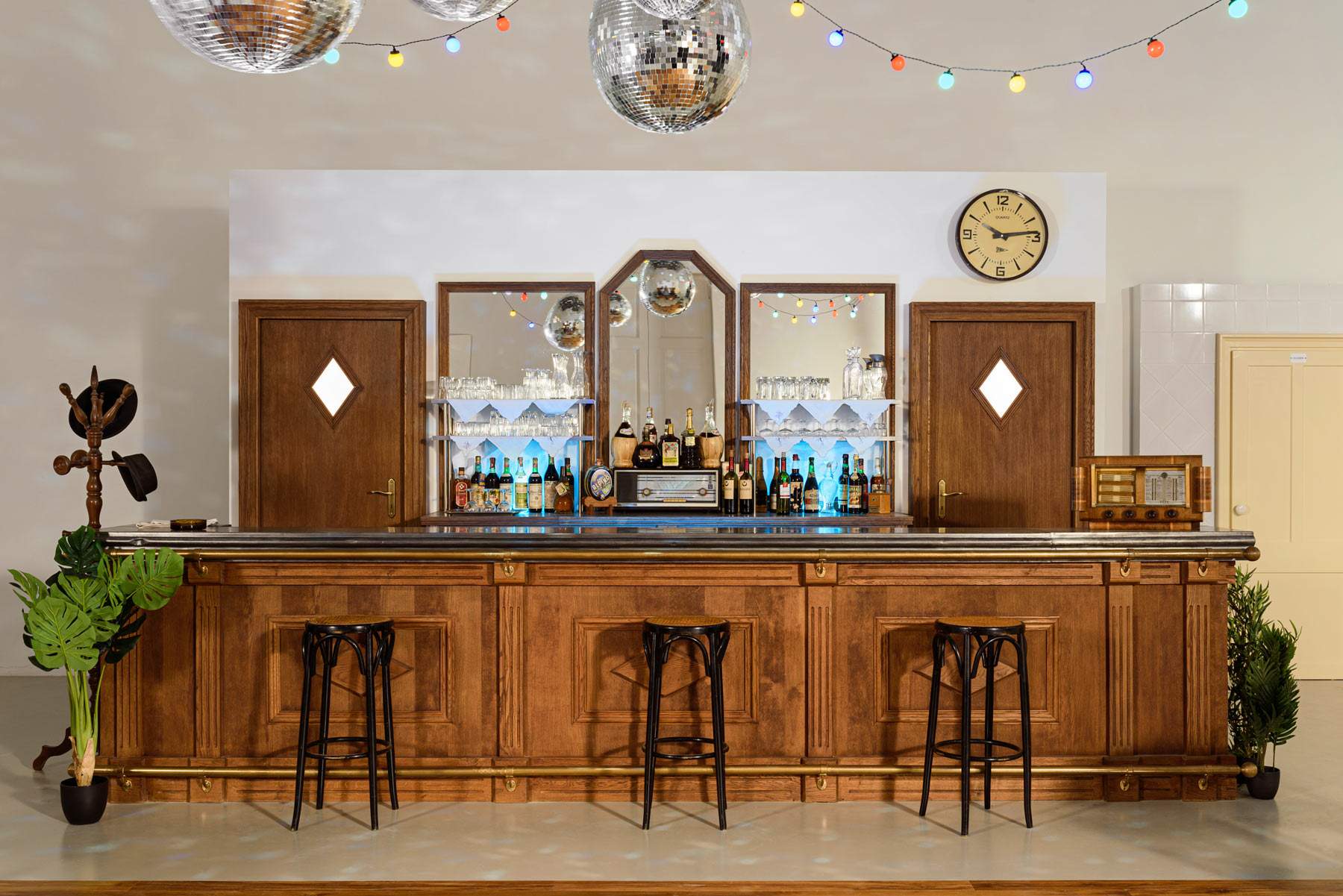
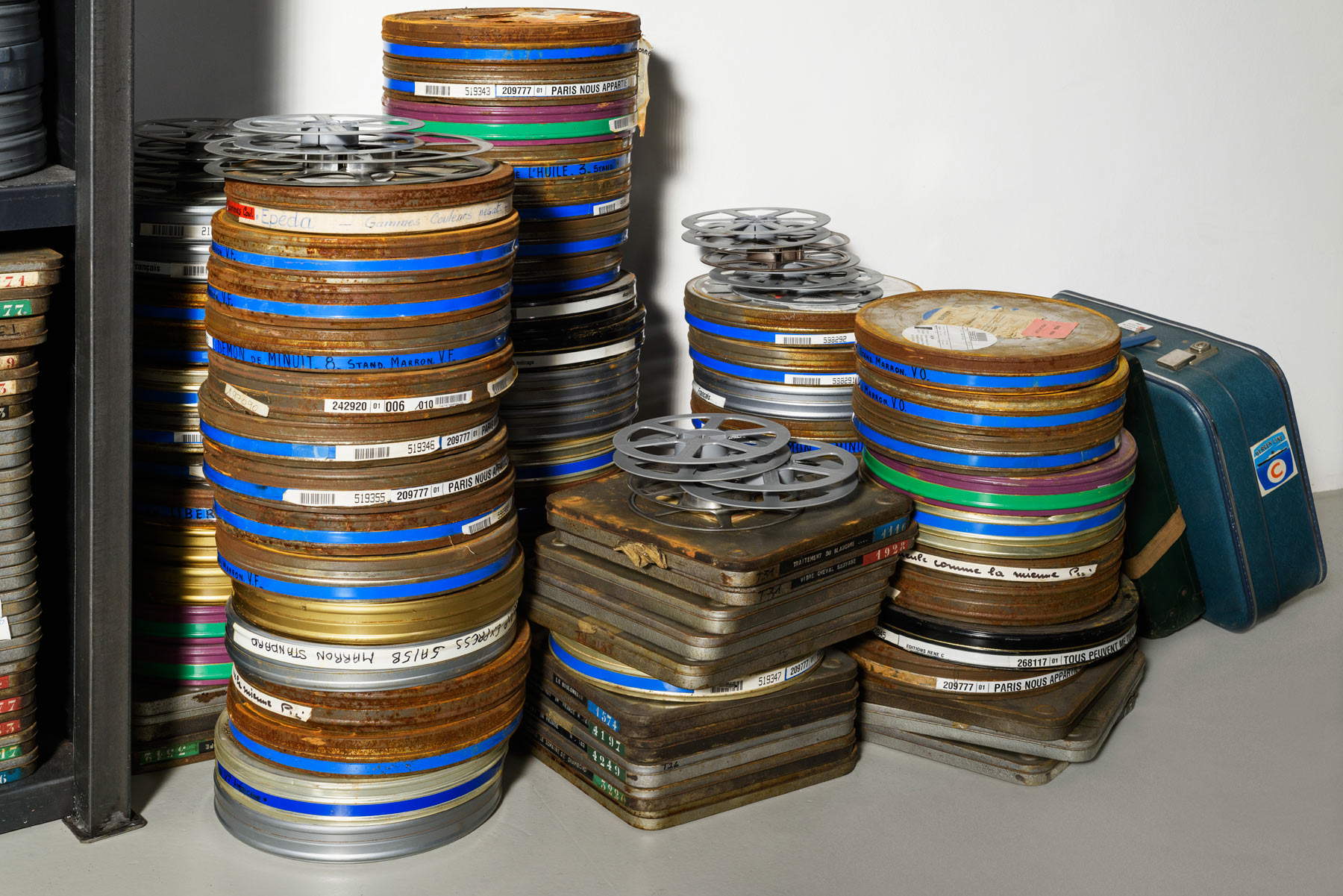

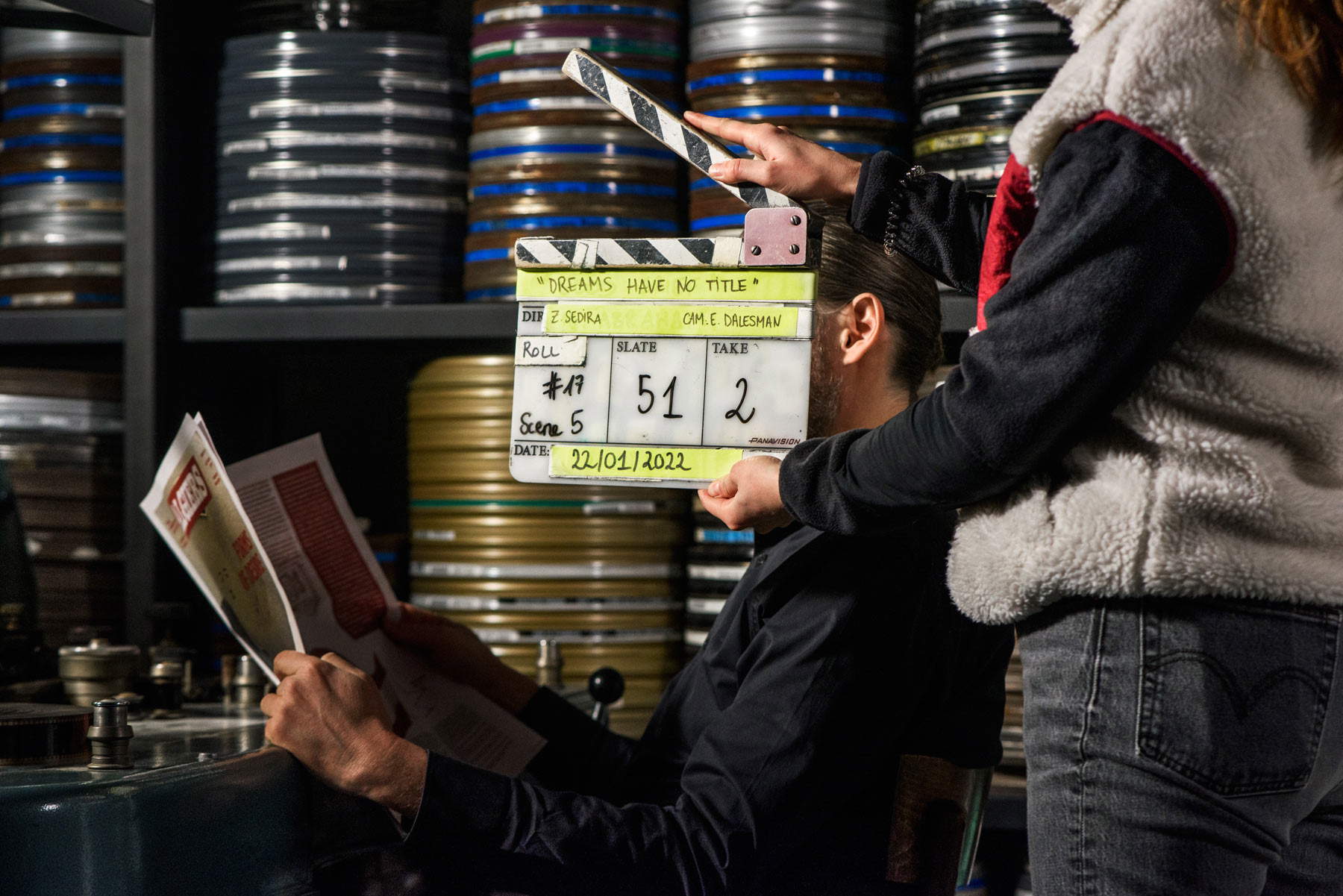
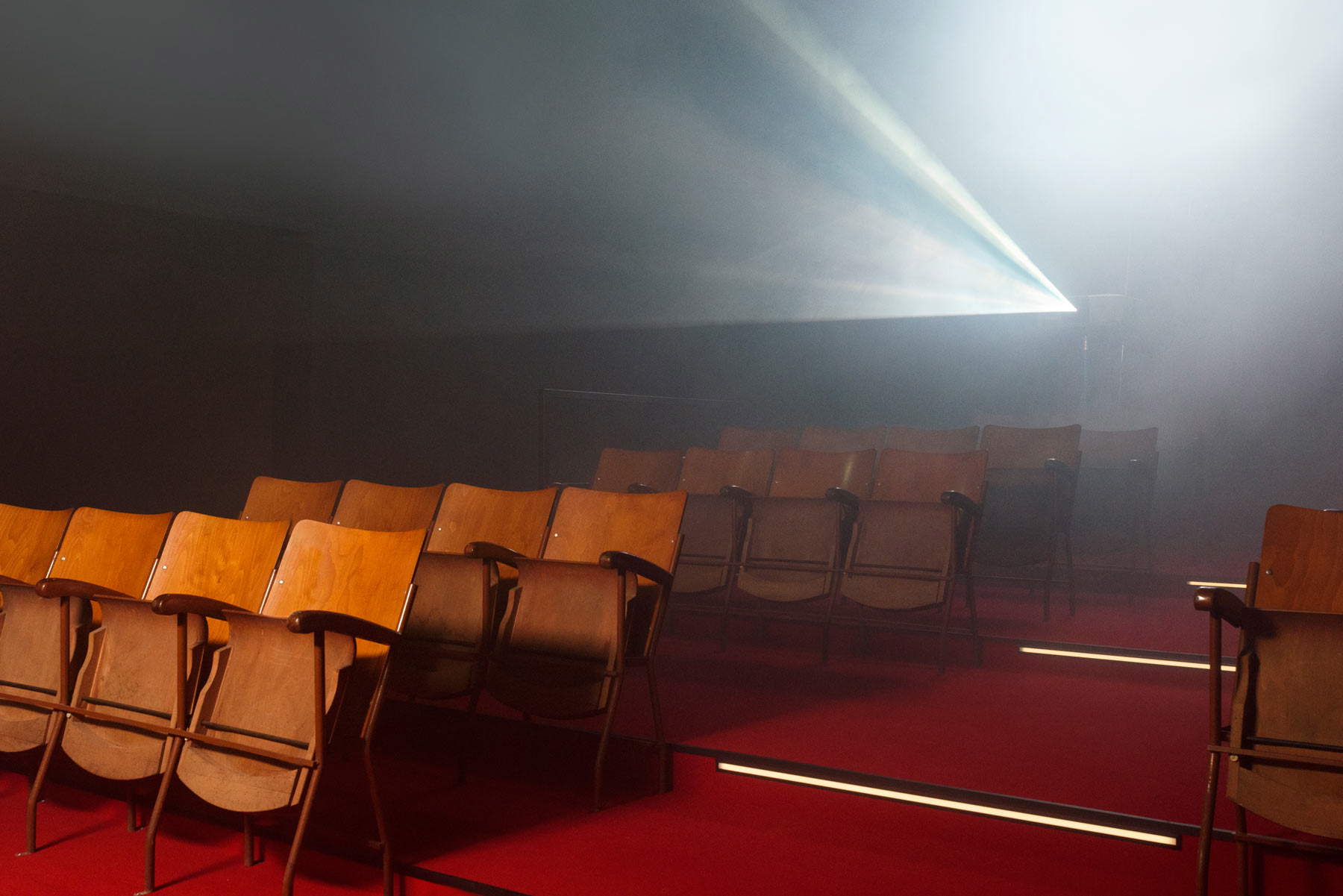
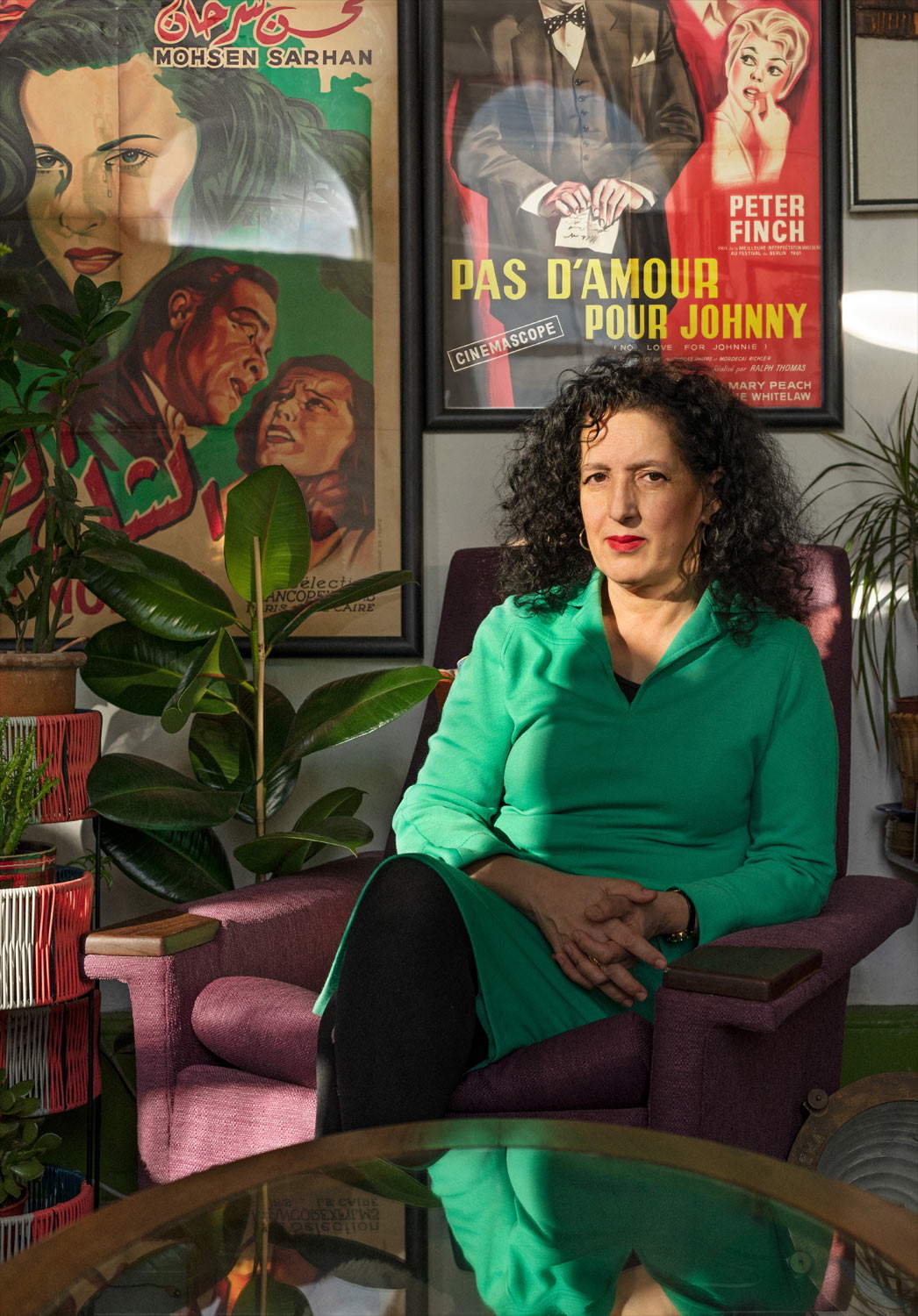
“The first word that comes to mind to open this preface is: ’finally!’, with this particular punctuation,” writes Eva Nguyen Binh, president of the Institut Français. “Finally! We will soon find the effervescence of the Venice Art Biennale that had to decide to let 2021 pass because of the pandemic. At last! We will once again be able to marvel or criticize, be fascinated or shocked by new works. Finally. We will discover the French Pavilion envisioned by artist Zineb Sedira. The Pavilion as Zineb designed it is a complex work that touches on universal themes. It is a work that carries within it a humanism that is particularly necessary in light of current events in the world around us. Taking as his cue the film co-productions and the intellectual and artistic solidarity between France, Italy and Algeria in the 1960s, Zineb unravels the thread of his reflection, weaves his personal stories, associates his family, blood, heart, mind. The stories he tells, his own, that of his parents, that of his parents’ country, France, that of his parents’ country, Algeria, that of decolonization, question us about the concepts of uprooting, discrimination, racism. But beyond that, Zineb Sedira also shows us solidarity, freedom, pride, hope. And humor, unobtrusive, understated, in small touches of light. Everyone can recognize a part of their own experience in this work that tells us about the world. Zineb Sedira interrogates our time, its contradictions and struggles. If Zineb is passionate about the 1960s, she is in fact a resolutely contemporary artist who offers the image of an open France, working for a humanism based on sharing, pluralism and diversity. Finally. I am happy that this Pavilion is the beginning of a reflection on our practices and their impact on our environment. Thus, this year, the Institut Français will measure the carbon footprint of the French Pavilion, with the goal of reducing it significantly in the coming years.”
“Zineb Sedira’s design for the French Pavilion palpates our time,” explain Sam Bardaouil and Tim Fellrath. “Revisiting a period of prolific film co-productions between Algeria, France and Italy, the exhibition highlights the influence that several films from these long 1960s exerted on the desire for emancipation that underlies many postcolonial projects. At the center of the installation designed by Zineb Sedira, a masterful play of dialogue between reality and fiction unfolds, in which personal elements of the artist’s biography are interwoven with key scenes from iconic films of this. In this ensemble of films, photographs, sounds, sculptures and collages, an immersive environment emerges that, while taking into account the not-so-distant past, seeks to deconstruct the contested politics of the present.”
Zineb Sedira, an artist of Algerian origin, follows an itinerary nourished by three countries: France, the country where she was born and raised; Algeria, her parents’ country of origin; and England, the country where she lives. Born in Gennevilliers in 1963, Zineb Sedira spent a childhood there marked by the development of her passion for film and learning about cultural differences, its richness, and its difficulties. In 1986 she left to study in England and has lived there ever since. In England she developed autobiographical work around issues of identity and individual and collective memories. In 2002 she was professionally invited to Algeria for the first time, a circumstance that marked an important milestone in her artistic work. Since the beginning of her career, she has developed a diverse body of work that borrows in turn from autobiographical fiction and documentary filmmaking. For several years his work has shifted from commemorative work related to family history to more universal issues, expanding the colonial question to that of economic and human flows, and more generally to that of the circulation of ideas. His work has been the subject of numerous solo exhibitions, among others at the Bildmuseet (Umeå, Sweden, 2021), SMoCA (Scottsdale Museum of Contemporary Art) (2021), Jeu de Paume (Paris, France, 2019), etc. His works will soon be exhibited at De La Warr Pavilion (Bexhill on Sea, UK, 2022), Dallas Contemporary (US, 2022), and Gulbenkian Museum (Lisbon, 2023). His work has also been exhibited in numerous group exhibitions such as MuCEM (Marseille, France, 2013 and 2016), MAC/VAL (Vitry-sur-Seine, France, 2017), Tate Modern, (London, UK, 2017), at the Birmingham Museum (UK, 2018), and at Frac Centre-Val de Loire (Orléans, France, 2021-2022), to name a few.
 |
| Biennale, France Pavilion will be an immersive film installation |
Warning: the translation into English of the original Italian article was created using automatic tools. We undertake to review all articles, but we do not guarantee the total absence of inaccuracies in the translation due to the program. You can find the original by clicking on the ITA button. If you find any mistake,please contact us.